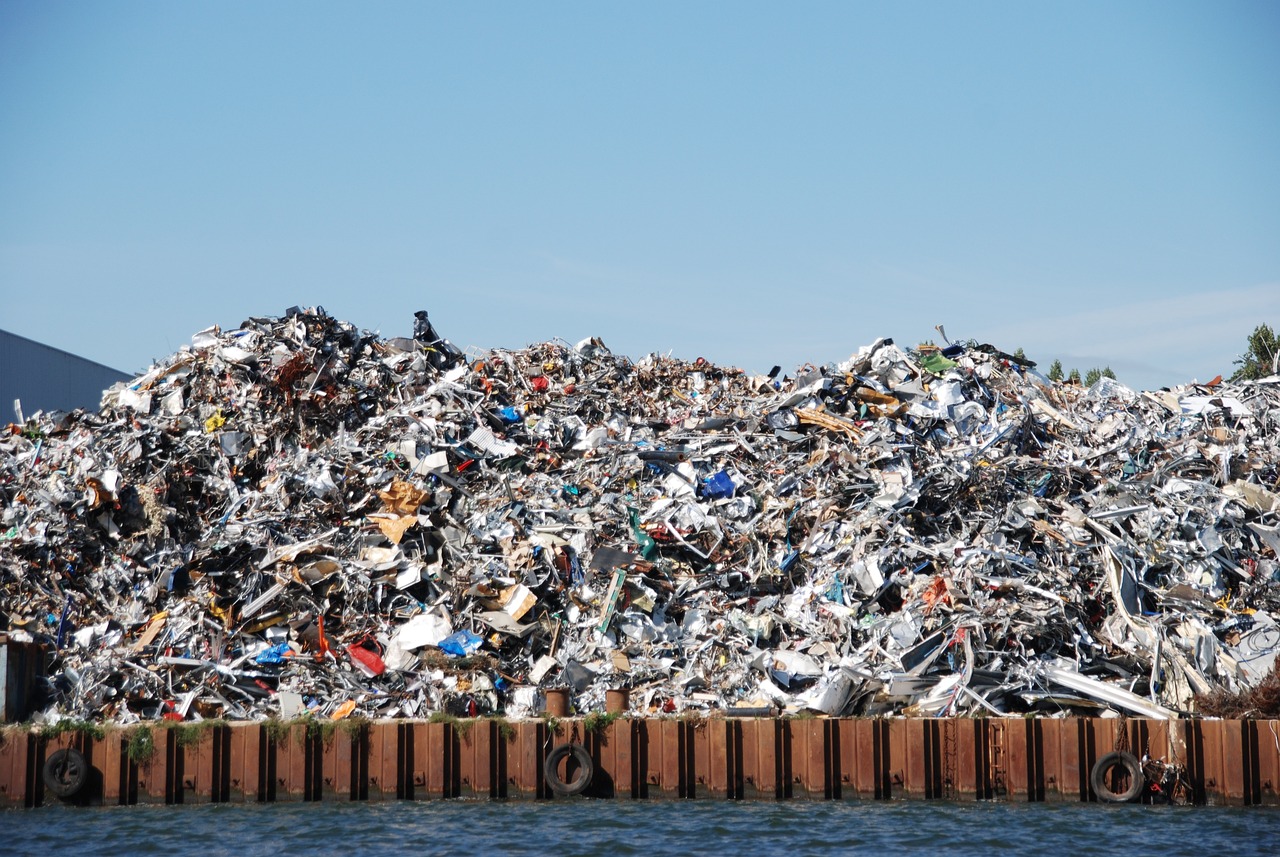
How the internet moves in the oceans
We are now used to using our smartphones daily to access the internet: from Google to social networks, our days see the web as a constant protagonist. But have you ever wondered how the internet gets into your homes?
If you have installed an internet connection at home at least once, you are aware that it travels through underground cables that are able to reach your homes, but how do they go from one continent to another if necessary?
Across the oceans.
Maybe you knew it, but probably many of us have never stopped to think about how this is possible: water represents 70% of our planet and we still do not have the means to patrol the ocean floors, especially the deepest ones that can even reach a depth of 10,000 meters, as in the case of the Pacific Ocean.
So how are internet cables positioned? They remain suspended in the middle of the water, are there any underwater conduits or bridges in which they pass?
We take the internet for granted, but the infrastructures that allow us to use it are not anything but simple: we start with ships that, using sonar, map the ocean floor in search of shallower areas in which to place the cables. The cables are not exactly like the ones that connect our router to the wall, but they can be even over a meter wide and hundreds of kilometers long. For this reason, the internet infrastructure requires considerable engineering work, which involves the mobilization of huge coordinated boats to organize the laying of the cables. Furthermore, maintenance work is not trivial, which sometimes takes place directly underwater, other times instead involve extracting the cables up to the surface.
All to make you read this article from the comfort of your mobile phone.








